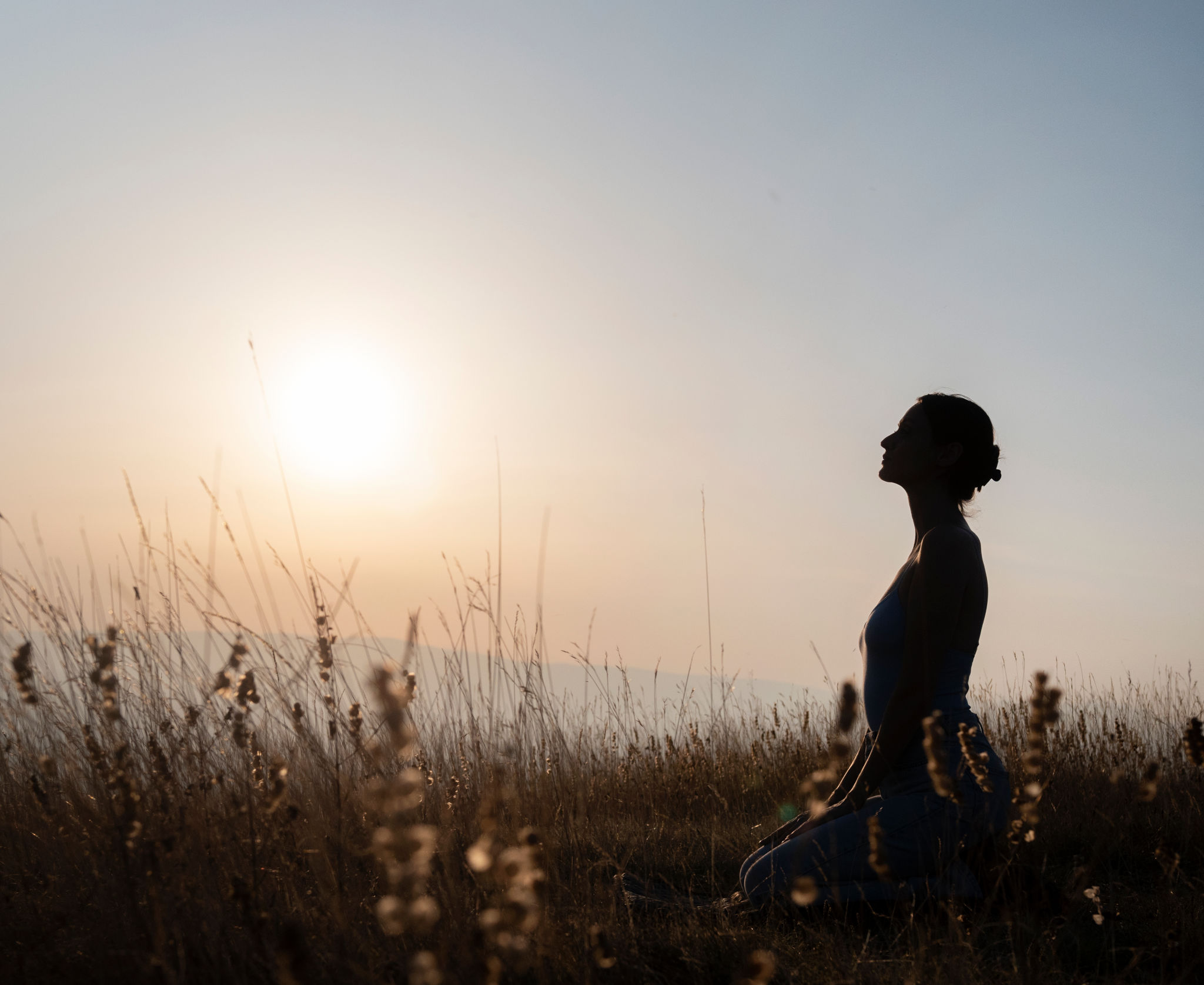How to Manage Seasonal Affective Disorder with Holistic Practices
Understanding Seasonal Affective Disorder
Seasonal Affective Disorder (SAD) is a type of depression that occurs at a specific time of year, usually in the winter months when daylight hours are shorter. This condition can lead to feelings of sadness, fatigue, and hopelessness. For those affected, finding ways to manage these symptoms is crucial for maintaining mental and emotional well-being.
While traditional treatments like medication and therapy are effective, many people seek holistic practices to complement these methods. Holistic approaches focus on the mind, body, and spirit, offering a comprehensive way to manage SAD symptoms.

Light Therapy
One of the most popular holistic practices for managing SAD is light therapy. This involves exposure to artificial light that mimics natural sunlight, helping to regulate your body's internal clock. Using a light box for about 30 minutes each morning can improve mood and increase energy levels.
When choosing a light box, ensure it provides 10,000 lux of light and is UV-filtered for safety. Consistency is key, so incorporate light therapy into your daily routine during the fall and winter months.
Nutritional Support
Nutrition plays a significant role in managing SAD. Eating a balanced diet rich in omega-3 fatty acids, complex carbohydrates, and vitamins D and B12 can support brain health and enhance mood. Foods such as fatty fish, whole grains, and leafy greens are excellent choices.

Additionally, consider taking supplements if you find it challenging to get these nutrients from food alone. Consulting with a healthcare provider before starting any new supplement regimen is advisable to ensure it aligns with your individual health needs.
Mindfulness and Meditation
Mindfulness and meditation are powerful tools for managing stress and enhancing emotional resilience. These practices encourage present-moment awareness, helping to reduce negative thinking patterns associated with SAD.
Begin with just a few minutes a day, gradually increasing the time as you become more comfortable. Guided meditations are available through various apps and online platforms, providing an accessible way to start this practice.

Exercise and Physical Activity
Regular physical activity is essential for boosting mood and energy levels. Exercise releases endorphins, the body's natural mood elevators, which can alleviate symptoms of depression. Aim for at least 30 minutes of moderate exercise most days of the week.
- Walking or jogging outdoors
- Practicing yoga or pilates
- Engaging in group fitness classes
Incorporating movement into your daily routine can significantly impact your mental health, making it a vital component of managing SAD holistically.
Connecting with Nature
Spending time outdoors can be incredibly beneficial for those suffering from SAD. Nature exposure has been shown to reduce stress and improve overall well-being. Even on cloudy days, outdoor activities can provide exposure to natural light and fresh air.
Whether it's a short walk in the park or a hike in the woods, making time for nature can help uplift your spirits and combat the effects of seasonal depression.

Conclusion
Managing Seasonal Affective Disorder with holistic practices involves a combination of light therapy, nutrition, mindfulness, exercise, and nature connection. By integrating these strategies into your lifestyle, you can create a supportive environment that promotes mental health during the challenging winter months.
Remember that each person's experience with SAD is unique. It may take some experimentation to find the most effective combination of holistic practices for you. Consulting with a healthcare professional can provide additional guidance tailored to your specific needs.
